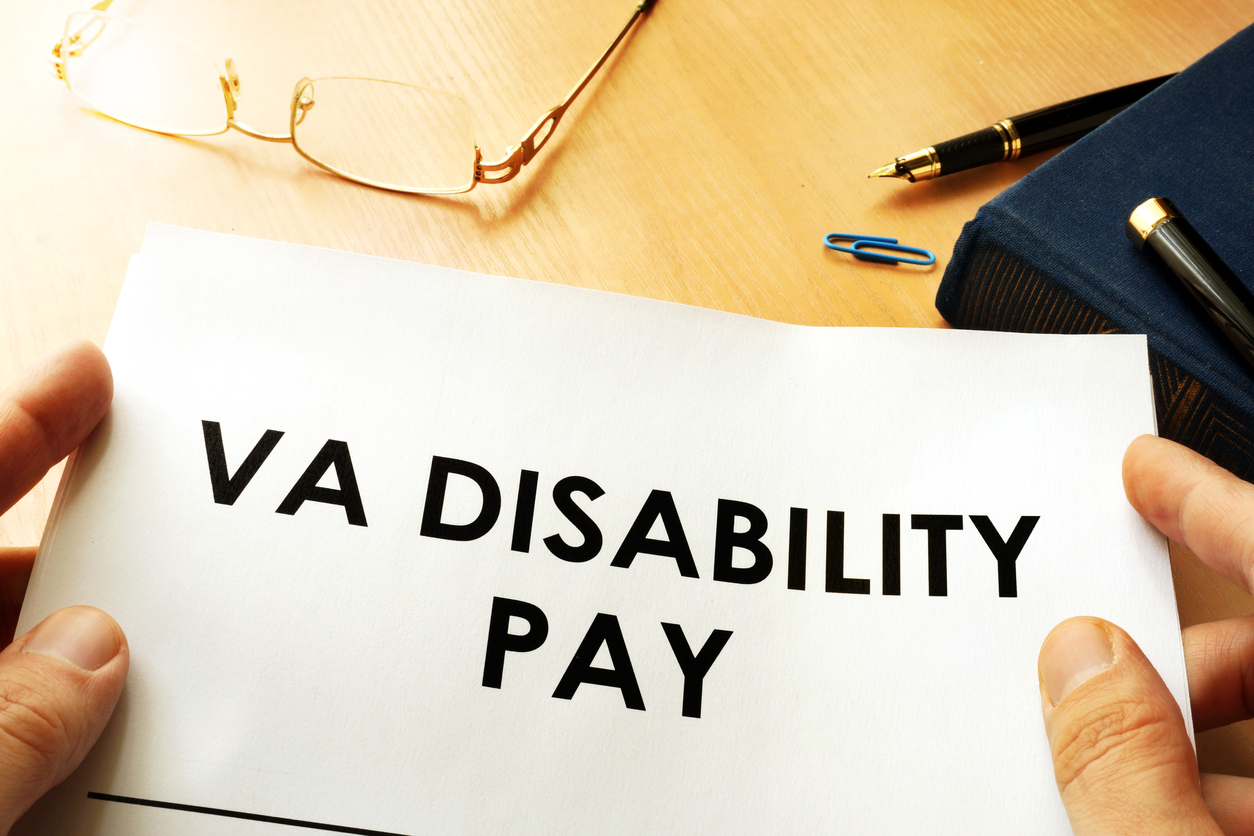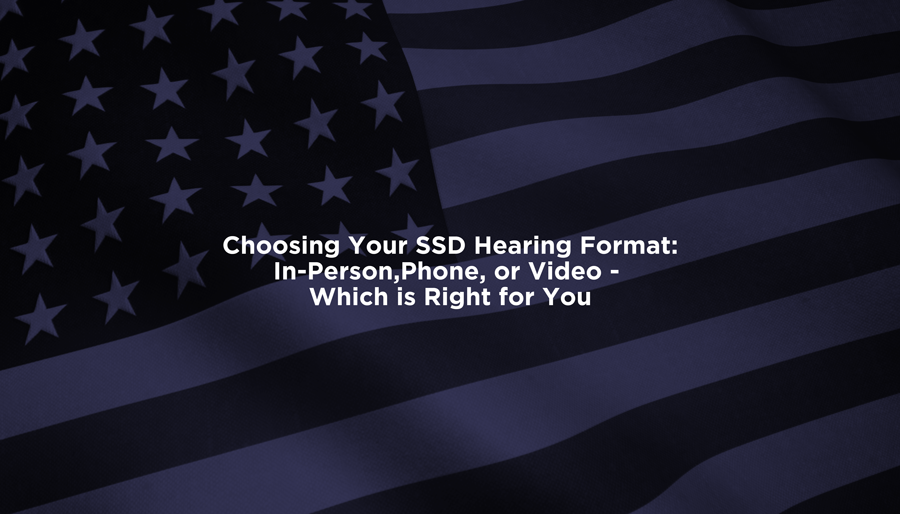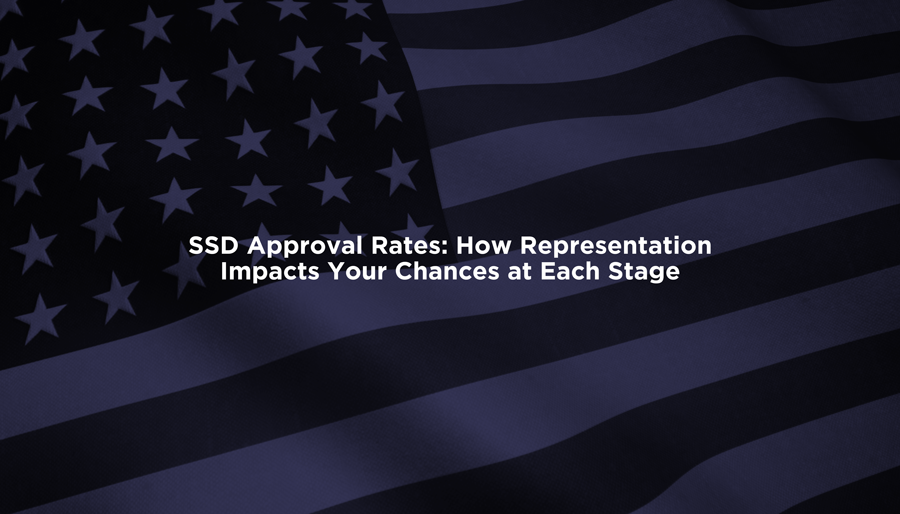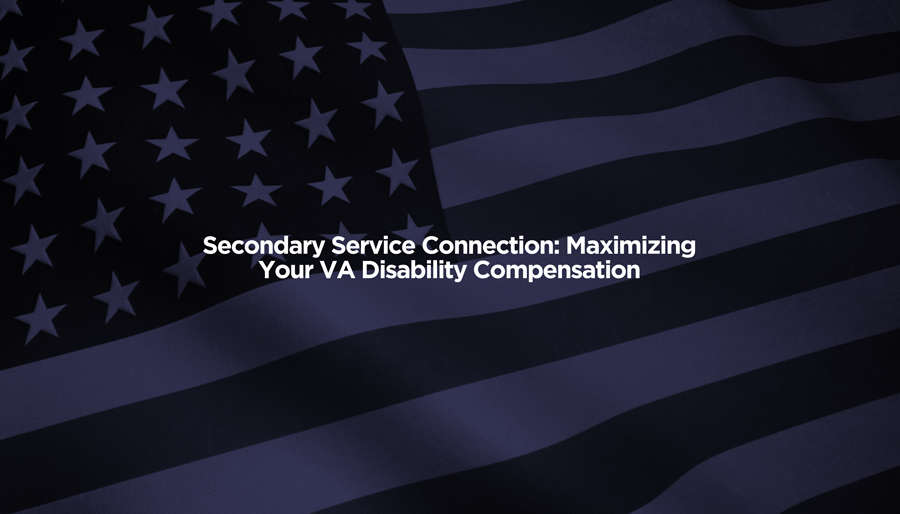Veteran’s Disability benefits are monetary payments made on a monthly basis to veterans or eligible family members due to debilitating illness connected to active duty service. The Department of Veteran’s affairs has provided a short informative about benefits here and is embedded below.
Service Connection
In determining if a veteran is eligible for benefits as a result of a disability, a key term used is called service connection. According to the VA; the disability, injury or illness must have been sustained in the line of active military service or made worse as a result of military service (i.e. aggravated). The VA has provided an introductory video on their YouTube channel which has also been embedded below:
Common Types of Injuries, Illnesses, or Disabilities:
There are several condition considered either chronic or continuous that may warrant a veteran to receive monetary compensation. Some of the most common injuries according to the Department of Veterans Affairs, include:
- Tinnitus and other forms of hearing loss
- Limitations of flexion/knee, motion of the arm, or motion of the ankle
- Lumbosacral or cervical strain
- Scars and burns (2nd degree)
- Posttraumatic Stress Disorder (PTSD)
- Paralysis of the sciatic nerve
- Migraines
Other conditions that may warrant veteran’s disability include, but are not limited to.
- Depression
- Anxiety
- Traumatic Brain Injury (TBI)
- Diabetes Mellitus Type 2
- Certain forms of cancers
Disability Ratings
In evaluation of a disability condition, the Department of Veteran’s Affairs uses a ratings system called the Whole Person Theory, where a given person cannot be more than 100% able or disabled body. A rating is assigned by the VA and for multiple disabilities, a combined ratings table is used to provide an adjusted scale. See this video from the Department of Veteran’s affairs for more details:
Process for applying and receiving Veterans Disability Benefits
The process for applying and receiving benefits is linear but there are several stages and there is a somewhat lengthy wait time. As of March 2022, the average wait time was around 162 days (Source: VA.gov).
According to the Department of Veteran’s Affairs, the process for filing and completing a claim has five stages:
- Initial filing via online, mail, or in-person at a regional VA office
- Initial review Period The Department of Veteran’s Affairs Service Representative reviews claim to determine what information is needed.
- Evidence Gathering, Review, and Decision The Department of Veteran’s Affairs will: (a) request additional evidence from health care providers and government agencies; (b) review all available evidence; and (c) make a decision regarding the claim. During this phase, the VA will likely contact you to schedule a Compensation and Pension Exam to gather additional evidence.
- Claim Preparation The VA prepares the decision for mailing
- Claim Complete The VA mails the claim decision in a packet including details of decision.
When to Involve an Attorney
In the event of a claim denial, it’s best to reach out to an established Veteran’s Disability attorney service such as Poag Disability Law. NOVA accredited attorneys like Jesse Poag can help navigate the complexities of the VA decision reviews and appeals process. Contact us to learn more.
What are the Compensation Rates for Veteran’s Disability
The monthly, tax-free payments for veterans disability are updated on an annual basis and are adjusted for cost of living. The rate varies based on disability rating status as well as the number of dependents (i.e. parents or children) and marital status. A complete table of monthly benefits amounts can be found at VA.gov. Some example amounts include:
- For 30% disability, the ranges for 2022 are between $467 to $592. The amounts vary between number of dependents and marital status
- For 60% disability the ranges for 2022 are between $1,214 to $1466. The amounts vary between number of dependents and marital status
- For 90% disability, the ranges for 2022 are between $1,998 and $2,266.




